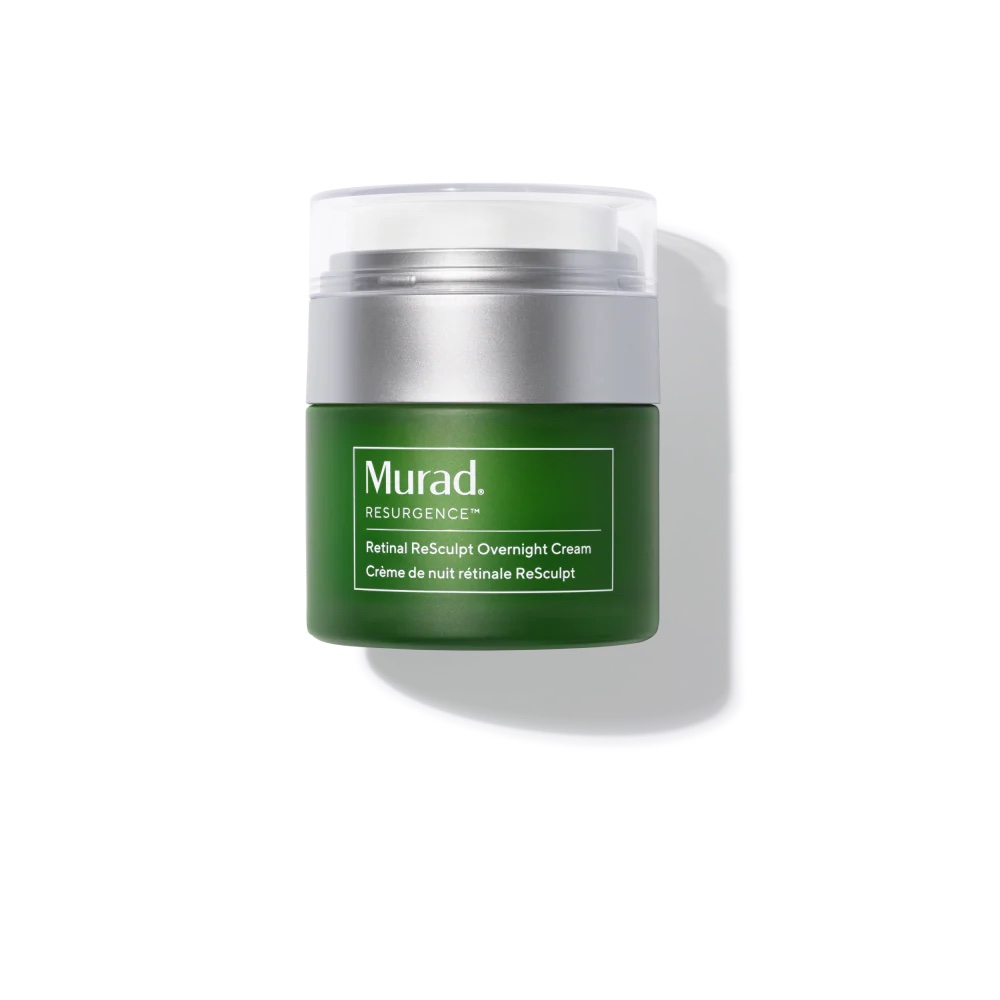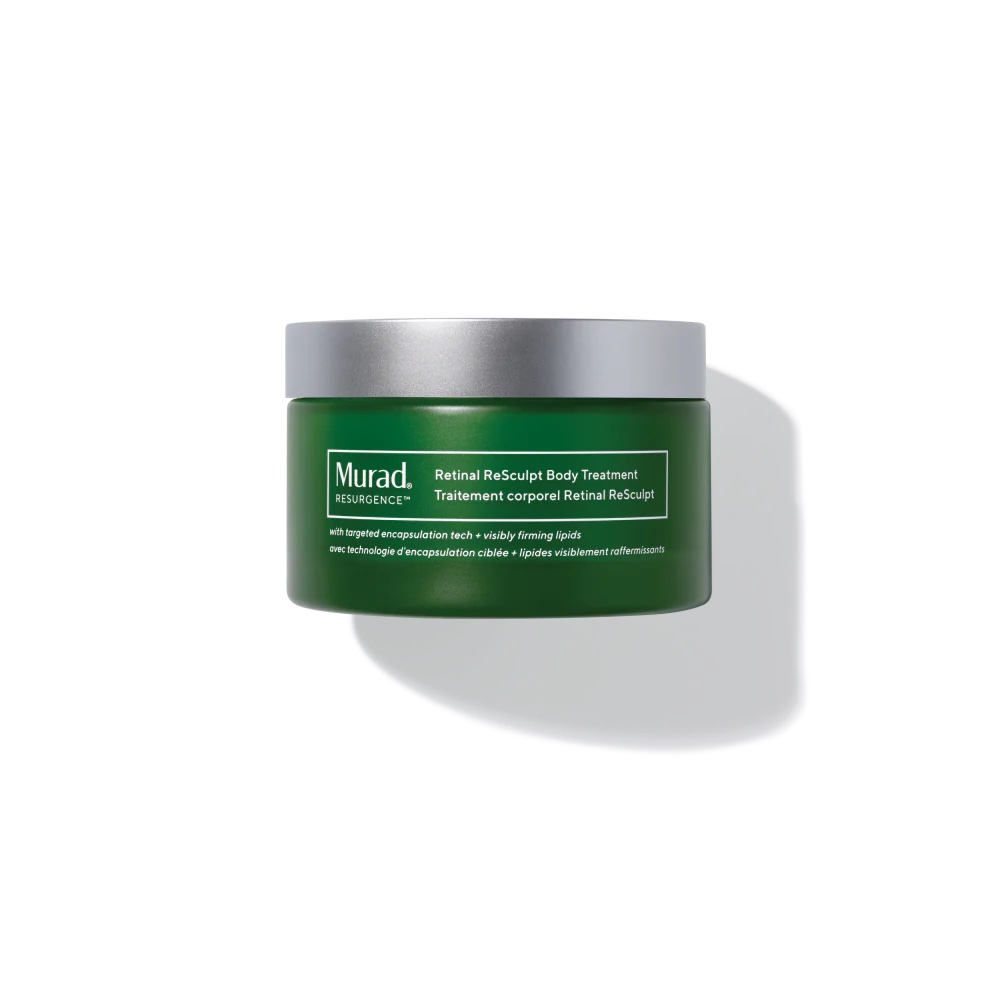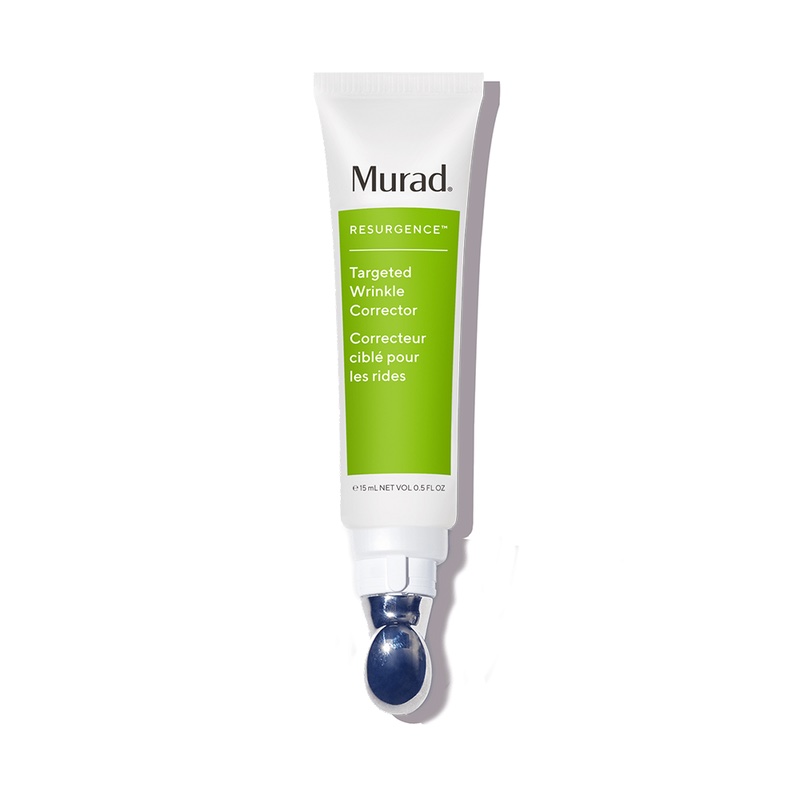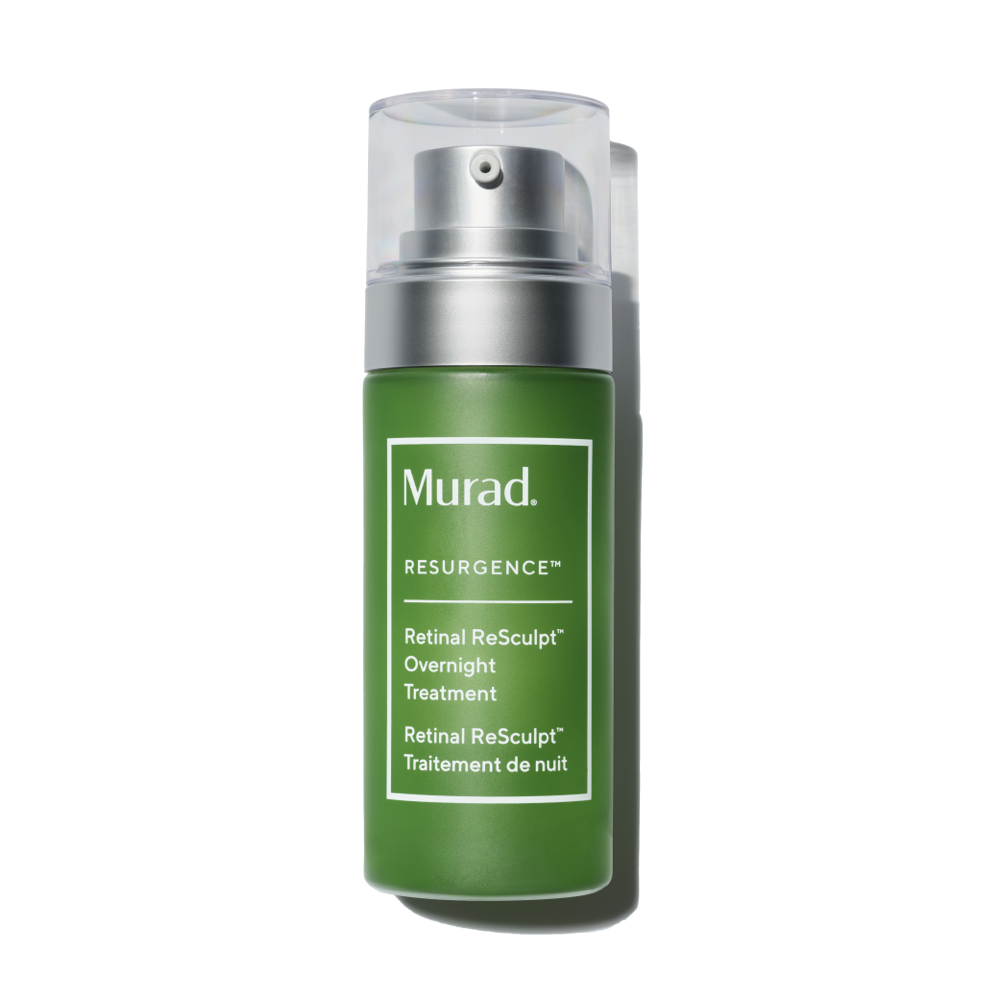The Ozempic effect on skin: Can topically applied products lift and fill sagging skin after weight loss?

The rise of people on GLP-1s has people seeing a literal fall of their faces.
Dubbed “Ozempic Face,” oweight loss supported by GLP-1s (commercially known as Ozempic or Wegovy) may leave adults of all ages showing sagging skin after weight loss that includes a loss of elasticity, a sunken or hollow look, and loss of volume.
Because GLP-1s are so new to the medical scene (Ozempic is NOT currently FDA-approved for weight loss and has only been FDA-approved for adults with type-2 diabetes since 2017), medical professionals are still sussing out their unexpected holistic impact. We checked in with the following professionals to get answers on sagging skin after weight loss:
The experts:
- Dr. Meegan Gruber, MD, PhD, Board-Certified Plastic Surgeon at Gruber Plastic Surgery
- Dr. Stephanie Taylor, Board-Certified Dermatologist and Senior Consultant at Medpak Solutions
How do GLP-1 medications work?
“Ozempic and other related drugs help people lose weight by improving insulin, decreasing hunger, and slowing gastric emptying,” Gruber says. This leads to body fat loss, aka adipose tissue, that is found throughout the body from visceral fat (located around our internal organs) to subcutaneous fat that lives under the skin.
Why does Ozempic cause face sagging?
At healthy levels, fat works like a shock absorber to protect our internal organs and helps regulate body temperature against the cold. But, fat loss can’t be targeted or localized to a certain area of the body; if the goal is to eliminate visceral fat around our belly, we’re going to lose fat in our legs, arms, and faces, too.
In our faces, weight loss can cause muscle mass to waste away and collagen production can’t keep up to fill in what’s lost. This leads to dropping, sagging neck skin, hollowed skin that collagen production can’t keep up with.
A loss of dermal and subcutaneous fat also has hormonal and metabolic impacts. Gruber says, “GLP-1 drugs can also change hormone levels, especially insulin, cortisol, and growth factors, which can indirectly affect skin health and aging. For example, high cortisol levels are often linked to collagen breakdown and skin barrier function problems.”
When insulin levels decrease, dry skin may occur,” says Taylor. “Cortisol, the stress hormone, alters the strength of the skin barrier, which makes the skin appear older sooner when it becomes unbalanced.”
Are there any skin benefits from GLP-1 medications?
Before assigning the villain edit to GLP-1s, Gruber points out that, “Better control of the metabolism can lower systemic inflammation and oxidative stress, which may slow down aging in general and support skin health indirectly. Additionally, making insulin work better and lowering cortisol levels can have a good effect on the elasticity and moisture of the skin.”
While sagging neck skin is an undesirable facial change, Taylor says, “There are some skin and hormone bonuses hidden behind these medications! My patients have shared that their skin cleared up on these medications, and they report feeling more tranquil and sleeping better.” How is this possible? “GLP-1 medications reduce inflammation and blood sugar. Those two things can improve the look and feel of your skin.”
Is there a benefit to microdosing GLP-1 medications?
“Microdosing can help balance hormones and control metabolism better without causing significant weight loss,” says Gruber. “Studies are still ongoing, but early signs point to possible skin benefits connected to better hormonal balance, such as optimal cortisol and insulin levels, which further support the overall health of the skin.”
Can topical treatments (creams and serums) help sagging skin after weight loss? Or is surgery the only solution?
“You don’t necessarily need surgery,” Taylor says. “As a dermatologist, I treat patients with treatments that include microneedling (small pricks that stimulate your skin), radiofrequency, and ultrasound therapy. These stimulate the skin to produce more collagen from the inside out.”
If a dermatologist visit isn’t in the cards, both Gruber and Taylor recommend retinoids and peptides to help counter signs of sagging or laxity caused by GLP-1s. “These are substances that encourage your skin to produce extra collagen and elastin, which are essentially the springs and stretch within skin,” Taylor says.
Gruber mirrors this approach for targeting sagging skin after weight loss, saying, “Studies have shown that retinoids increase the production of collagen, make skin more elastic, and speed up cell replacement. And peptides, especially copper and signaling peptides, can work with retinoid treatments to make it more effective. These peptides make fibroblasts work harder, which helps make collagen and makes the extracellular matrix better.”
“It takes time for skin to bounce back”
Taylor says targeting sagging and hollow skin takes patience – just like weight loss. “It may be a matter of 2 to 3 months before some people see some improvement, but up to a year may pass before actual change is noticeable. It is a slow process, but the skin is constantly working behind the scenes to repair and regenerate. I always tell patients to be kind and compassionate with themselves.” Gruber agrees: “When peptides are used alone, they make skin look better over time, but combined with retinoids, they make skin look younger faster. You can see the results in about 8 to 12 weeks.”
What are some tips to help prevent sagging skin when losing weight?
“In the end, people who have changed their skin after GLP-1 weight loss should look for customizable, all-around solutions that consider hormonal effects and topical skincare routines,” Gruber says. “This method improves both the way you look and your overall health, and it makes sure that patients are informed and in control of rejuvenation.”
What if you do opt-in for surgery after your GLP-1 weight loss?
Gruber says, “Surgical procedures like body lifts, abdominoplasty, and brachioplasty can give immediate, life-changing effects to patients who want to restore their ideal contours.”
It’s critical to be transparent with your surgeon or doctor when considering plastic surgery to counteract the skincare impact of GLP-1s. “Patients who are going to have surgery under general anesthesia must stop taking GLP-1 drugs like Ozempic at least six weeks before the operation, because they could cause problems like delayed gastric emptying and aspiration. This waiting time is necessary to keep patients safe and ensure the surgery goes well.”
You also have options like “awake plastic surgery.” According to Gruber, who provides this service in her practice. “Patients on GLP-1 drugs often have fewer problems and may need to stop taking their medications for shorter periods or not at all during awake procedures that use local anesthesia without sedation.”
References for this information:
Aesthetic Surgery Journal, 2024, volume 44, issue 11, pages NP809-NP818
The views expressed in this article do not necessarily represent the views of Murad, and are for informational purposes only, even if the advice of physicians and medical practitioners are included. This article is not a substitute for professional medical advice, diagnosis or treatment, and should not be considered specific medical advice.






